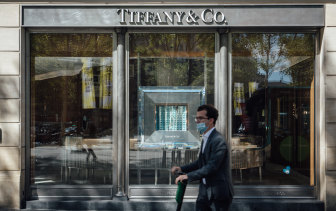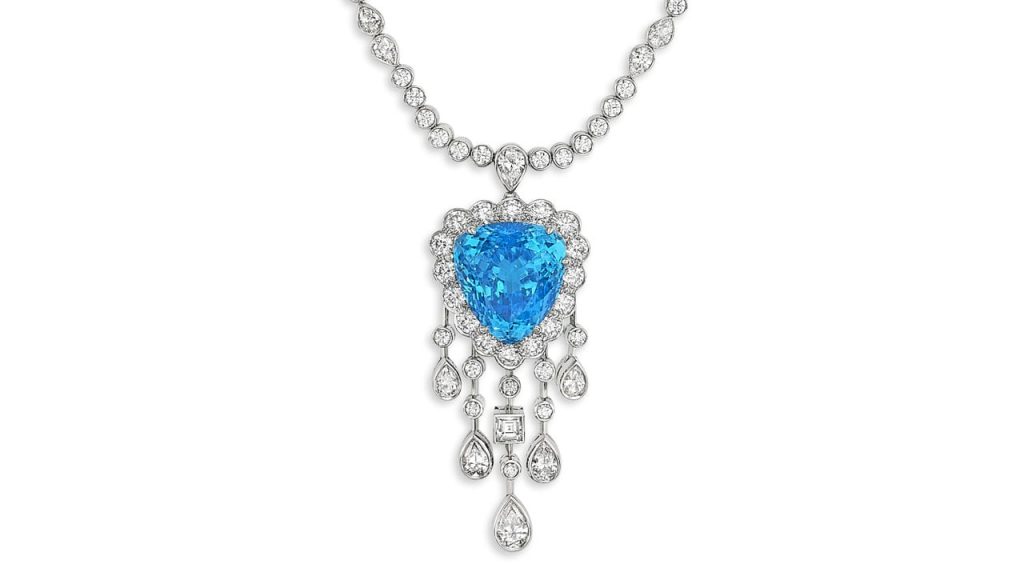
About 38% of independent jewelers are now carrying lab-grown diamonds, according to a new survey by MVI Marketing for the International Grown Diamond Association and InStore magazine.
Consumer awareness of man-made gems is also rising: The company’s MVEye survey of more than 1,000 jewelry consumers found that 80% were aware of lab-grown diamonds. By contrast, in 2018, 58% had heard of the category. A decade ago, less than 10% had.
Some 8% said they owned jewelry with lab-grown diamonds, up from 6% in 2018.
Nearly one-third of jewelry consumers said they learned about lab-grown diamonds from retail jewelers, while another 21% found out about them through social media, specifically the Facebook, Instagram, and YouTube platforms.
The survey found that 22% of jewelry consumers were skeptical at first when they heard about lab-grown diamonds, but 44% wanted to know more, and 17% said their initial reaction was positive.
Over one-third (34%) said they were offered lab-grown diamonds while shopping for an engagement ring, up from 25% in 2018.
While the Federal Trade Commission has specifically warned companies not to use “general environmental benefit claims” like “eco-friendly” or “sustainable” to describe lab-grown (or any) products, the poll found that many consumers had heard that message and retained it, and often used those phrases to describe the category.
Most consumers, however, were simply motivated by the chance to save a little money and get a bigger piece for less, with 31% citing that is the main reason for their purchase.
“At the end of the day, the price-to-size equation is what gets them to open their wallets,” says MVI Marketing CEO Marty Hurwitz. The “eco” message is “the icing on the cake for younger consumers, but it’s not the primary value driver.”
The survey found the most recognized brands in the lab-grown space were e-tailer Brilliant Earth (35%); Diama by Swarovski (34%); Pure Grown Diamonds (27%); Diamond Foundry (24%); Lightbox (24%); Diamond Nexus, which primarily sells simulants but sells lab-growns through another division (22%); and Renaissance (21%).
Hurwitz notes that many retailers said there was a need for “greater unification of marketing presentation” for lab-grown diamonds, so there was a greater clarity about what terminology and sales techniques were allowed and most effective.
Overall, retailers reported mixed results for how their jewelry business was faring in 2020, with 39% saying business was up, 33% finding it down, and 19% reporting it was equal to pre–COVID-19.
As for where consumers wanted to shop this year, 48% said a jewelry chain, 42% said a high-end jeweler, 36% said a local independent, and 15% said online.
As for how they intended to shop during the COVID-19 pandemic, 36% said they wanted to only buy online, 28% said they were looking to visit a store, 17% said they preferred an in-store private appointment, and 11% said they wanted to visit the store and buy online later.
Source: DCLA





